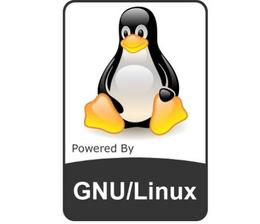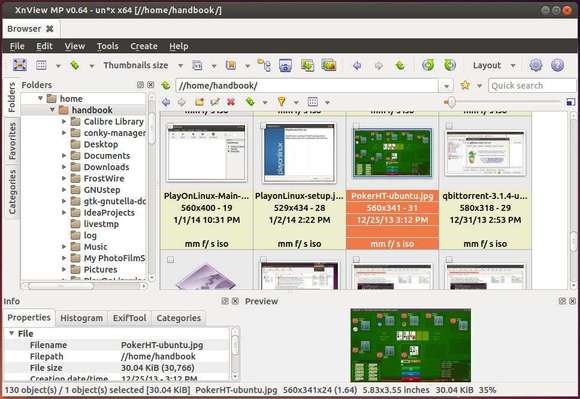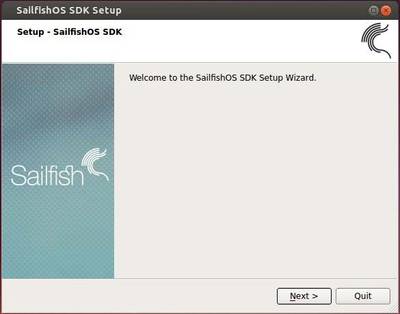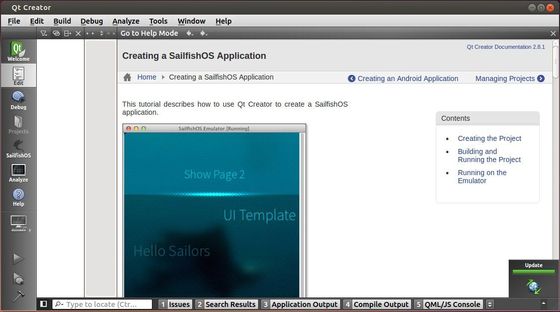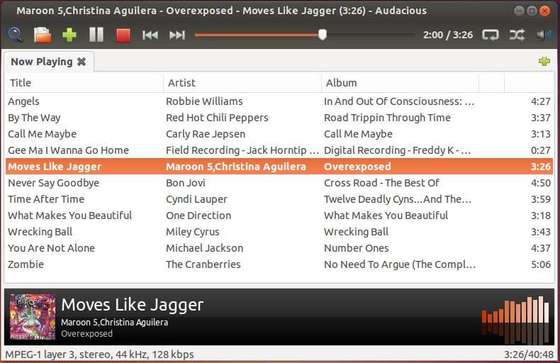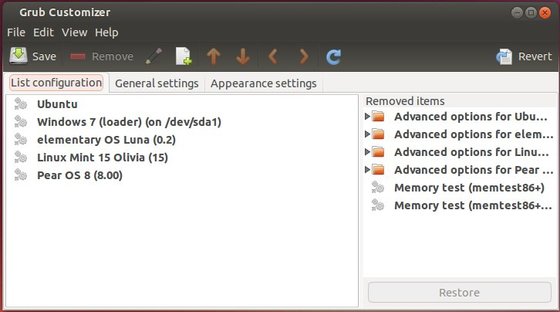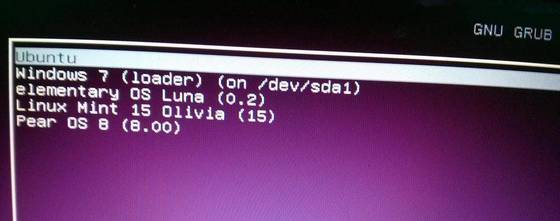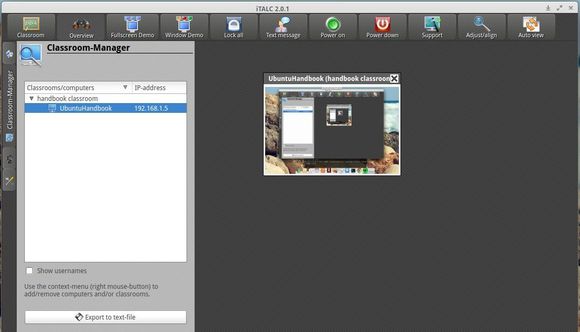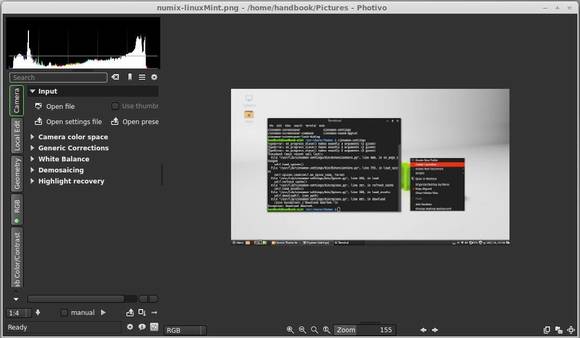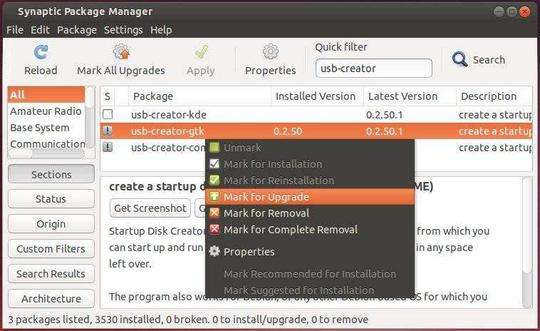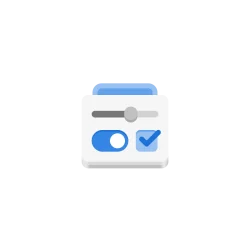The latest Linux Kernel 3.12.7 has been announced a few hours ago. According the to changlog, Kernel 3.12.7 brings various improvements to ARM, PowerPC and x86 architectures, several improvements to the EXT4, GFS2, Ceph, JBD and CIFS filesystems, some sound and core enhancements, as well as numerous updated drivers, including USB, wireless, i915, Radeon, and more. See the changelog
This simple tutorial is going to show you how to install or upgrade to this kernel release in Ubuntu 13.10, Ubuntu 13.04, Ubuntu 12.10, Ubuntu 12.04, Linux Mint and their derivatives.
Install / Upgrade Kernel 3.12.7:
Ubuntu Kernel Team has made the DEB packages available in this page. If you’re comfortable with command line, follow below steps to download & install them.
1. Download the Kernel Debs:
For 32 bit system, open terminal by Ctrl+Alt+T and run below commands:
cd /tmp/ && wget http://kernel.ubuntu.com/~kernel-ppa/mainline/v3.12.7-trusty/linux-headers-3.12.7-031207-generic_3.12.7-031207.201401091657_i386.deb wget http://kernel.ubuntu.com/~kernel-ppa/mainline/v3.12.7-trusty/linux-headers-3.12.7-031207_3.12.7-031207.201401091657_all.deb wget http://kernel.ubuntu.com/~kernel-ppa/mainline/v3.12.7-trusty/linux-image-3.12.7-031207-generic_3.12.7-031207.201401091657_i386.deb
For 64 bit system:
cd /tmp/ && wget http://kernel.ubuntu.com/~kernel-ppa/mainline/v3.12.7-trusty/linux-headers-3.12.7-031207-generic_3.12.7-031207.201401091657_amd64.deb wget http://kernel.ubuntu.com/~kernel-ppa/mainline/v3.12.7-trusty/linux-headers-3.12.7-031207_3.12.7-031207.201401091657_all.deb wget http://kernel.ubuntu.com/~kernel-ppa/mainline/v3.12.7-trusty/linux-image-3.12.7-031207-generic_3.12.7-031207.201401091657_amd64.deb
2. Install the DEBs:
cd /tmp/ && sudo dpkg -i linux-headers-3.12.7-*.deb linux-image-3.12.7-*.deb
Restart your computer and done.
If you’re using a proprietary video driver, you may need to re-build or re-install to get it work with the new kernel.
If for some reason this kernel release doesn’t work properly for you, reboot into previous kernel (Grub -> Advanced -> select previous kernel) and run commands to remove Linux Kernel 3.12.7:
sudo apt-get remove linux-headers-3.12.7-* linux-image-3.12.7-*



